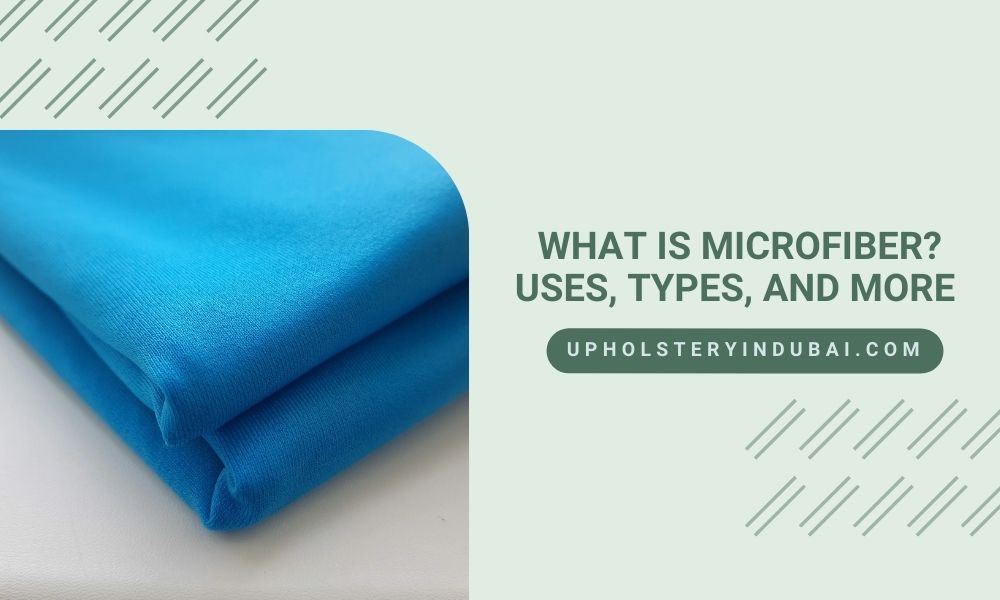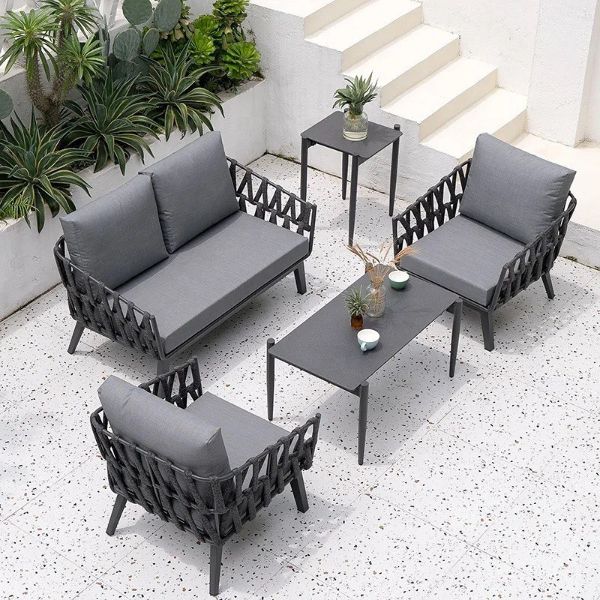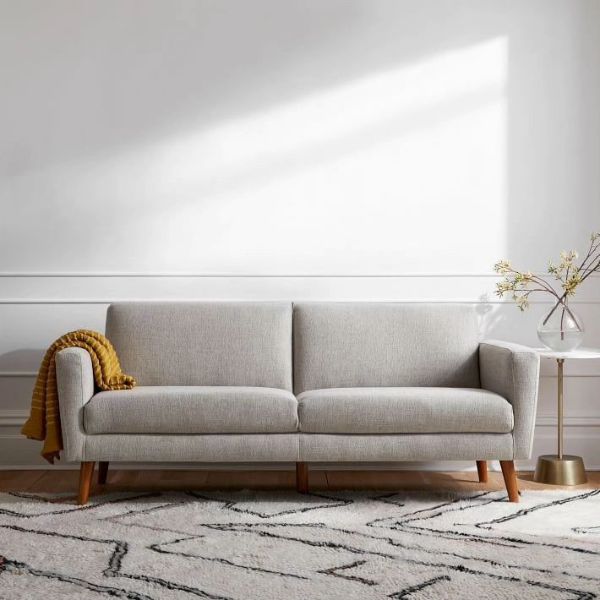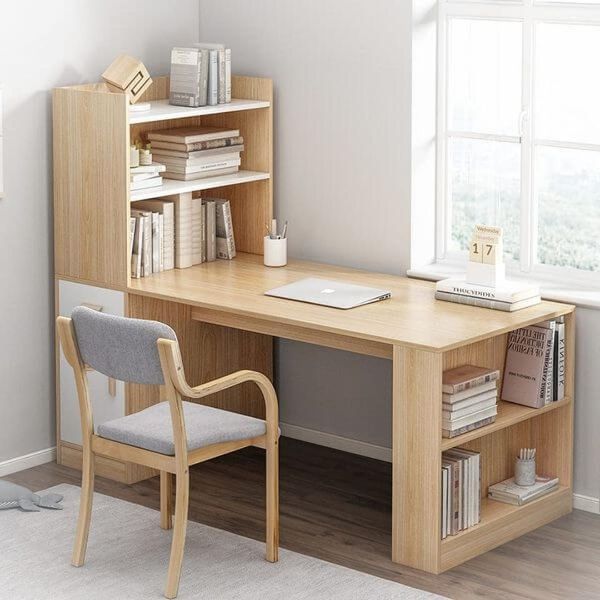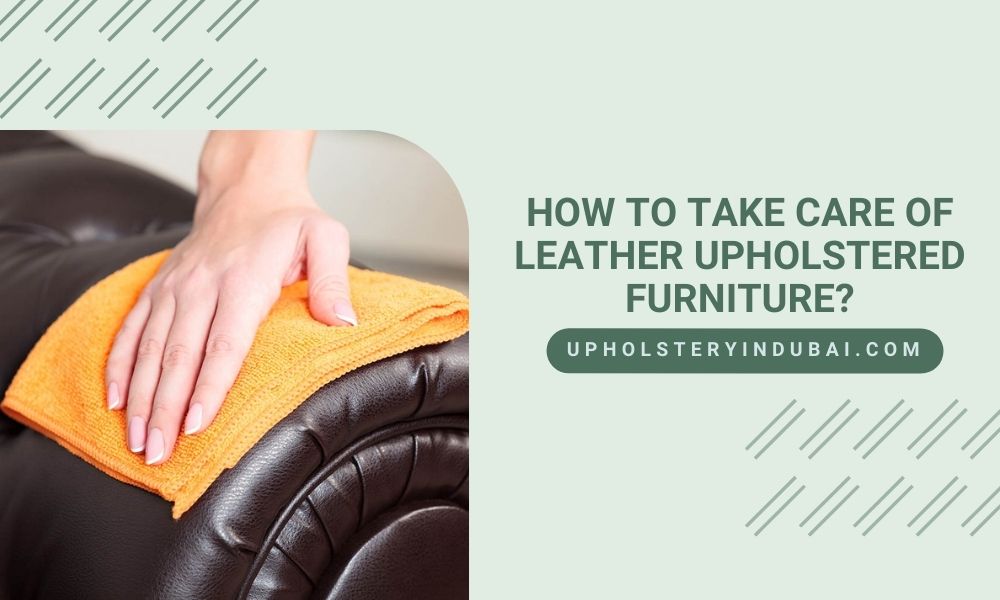
In order to keep it looking beautiful and lasting a long time, leather furniture provides a sense of sophistication and elegance to any room. By doing routine maintenance, you can shield your investment from wear and tear like cracks and fading. This in-depth manual by upholstery in Dubai, will help you through every step of caring for leather-upholstered furniture, from weekly cleaning to removing tough stains.
Understanding Leather Types
For appropriate care, it is essential to know what kind of leather your furniture is made of. The properties and upkeep requirements of various leather materials vary.
1. Full Grain Leather
The strongest and best kind is this one. The natural grain of the leather is still there, giving it a rich texture and appearance. Full-grain leather maintains its patina over time and is less prone to fading. In order to prevent damage, it is best to stay out of the sun and excessive moisture exposure.
2. Top Grain Leather
Top-grain leather is likewise of a high caliber and has been slightly polished and rectified. Its texture is smoothed out by buffing the surface to remove flaws. It is a preferred option for furniture since it is stain-resistant in comparison to full-grain leather. Regular conditioning contributes to keeping it flexible.
3. Bonded Leather
Bonded leather is less resilient since it is made from leftover leather and polyurethane. It has a consistent appearance and over time is prone to peeling and breaking. To stop degradation, constant upkeep and conditioning are necessary.
4. Aniline Leather
Aniline leather is unfinished and dying using soluble dyes, so it keeps its natural texture and marks. Although delicate and easily stained, it has a posh appearance. Specific aniline leather conditioners might help in keeping it looking good.
5. Suede And Nubuck Leather
These full-grain leather variants have a smooth, velvety surface. Since they are more delicate, they need certain cleaning procedures and shielding sprays to avoid stains and preserve their distinctive texture.
Routine Maintenance
1. Dusting And Vacuuming
The surface of leather can be scratched by dirt and dust. To remove debris gently, use a soft, dry cloth or a Hoover that has a gentle brush attachment. Be sure to reach seams and crevices.
2. Conditioning
Over time leather loses its natural oils, which can cause drying and cracking. To keep the leather supple, apply a conditioner every six to twelve months. Before putting conditioner on the entire piece, test it on a discrete section first.
Stain Removal Techniques
1. Ink Stains
Use rubbing alcohol to lightly wipe the stains after dabbing clean water with it. The finish of the leather may be harmed by excessive rubbing. To add moisture back into the leather, use a leather conditioner afterward.
2. Food And Drink Stains
Spills should be quickly cleaned up with a clean cloth. Mix some water and mild soap together for tough stains. Clean the stain with a damp towel after dipping it in the mixture and wringing it out. After rinsing, dry it with a soft towel and a clean, moist cloth.
3. Grease And Oil Stains
The stains should not be cleaned with water. Apply a little amount of cornflour or talcum powder to the problematic region instead, and let it sit for a few hours. With a clean, dry towel, slowly remove the powder.
4. Water Stain
The stain should naturally dry out. To expedite the process, avoid using heat because it could cause the leather to crack. When the stain is dry, carefully buff it with a soft cloth. Consult a specialist if the stain doesn’t go away.
5. Mold And Mildew
Use a cloth wet with an equal mixture of water and rubbing alcohol to wipe the affected region to remove any light growth. Consult a specialist for help with dense growth.
Protection And Preventive Measures
1. Sunlight And Heat
Leather can discolor and dry out when exposed to heat and direct sunshine. Place your furnishings away from heat sources like radiators, heaters, and direct sunshine. To reduce glaring sunlight, use window coverings.
2. Pets
Leather can be damaged by pets’ claws and furs. To prevent scratches cover the furniture with a blanket or pet-friendly cover. Regular nail trimming will lower the chances of the scratch of your dogs.
3. Sharp Objects
Keys and scissors should not be placed on furniture as they can scratch the surface. Remind family members and visitors to use caution when handling sharp objects.
Professional Cleaning
Consider having your furniture professionally cleaned every one to two years, especially if it is light-colored or extremely worn. Professionals can fully clean and condition leather with the knowledge and equipment needed.
Storage Tips
Clean and condition leather furniture if you plan to store it. Store it in a cool, dry location away from high heat and humidity, and cover it with permeable materials like cotton sheets.
Conclusion
Dedication and regular maintenance are needed to care for leather upholstered furniture. Your leather furniture will be the most beautiful and comfortable for many years if you take good care of it. To maintain the integrity of your investment routine dusting, conditioning, stain removal, and preventive measures are necessary. You can benefit from the elegance and luxury of your leather furniture for generations by following the instructions provided in this article.




